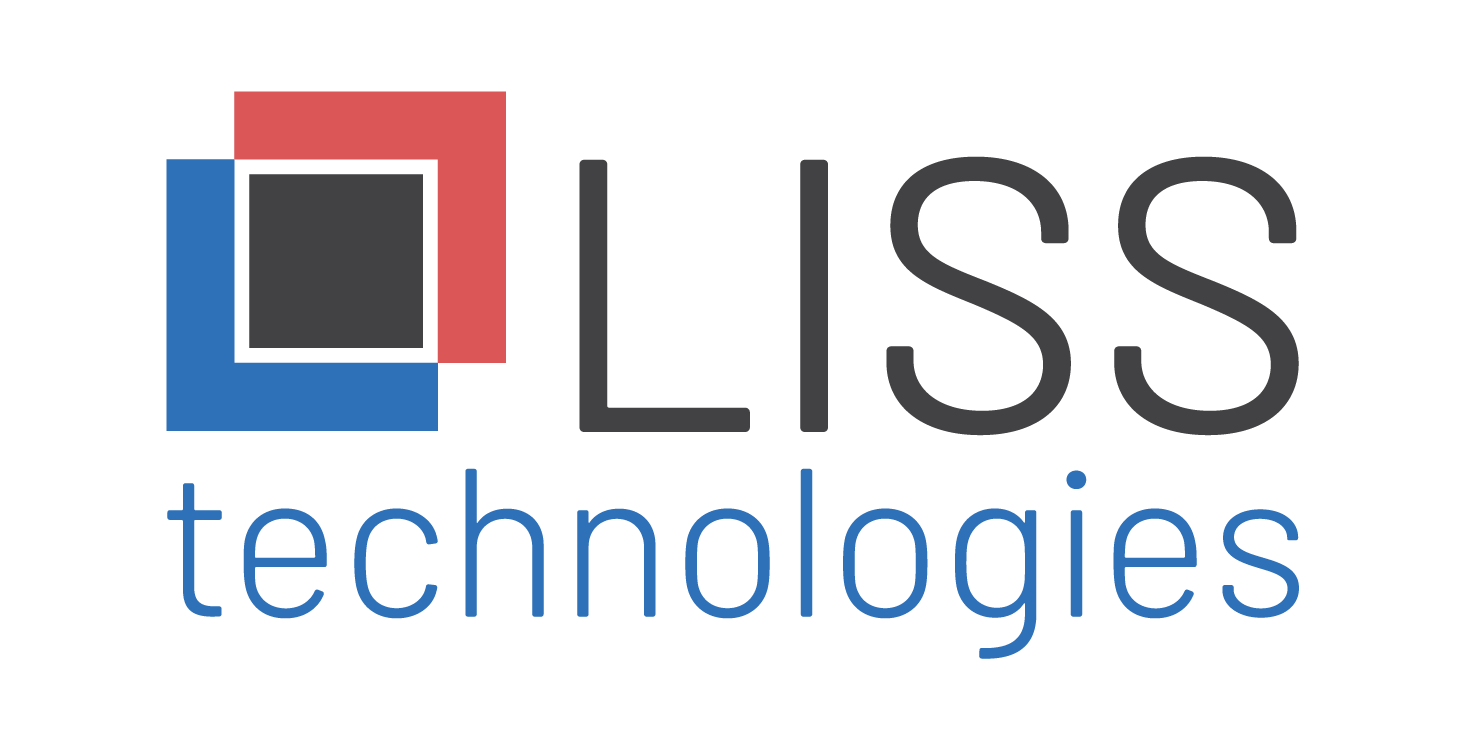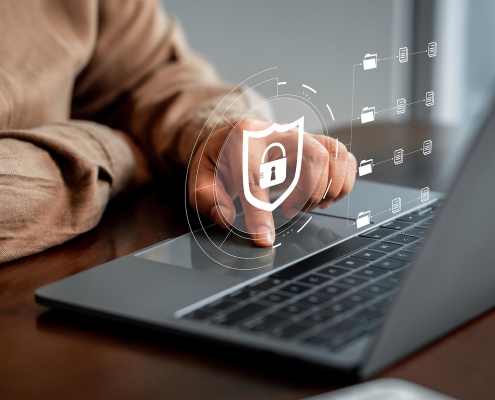How Cybersecurity Provides Secure Remote Work for Hybrid Employees
In an era where remote and hybrid work models have become the new norm, the need for cybersecurity and secure remote work has never been more critical. As organizations navigate the dynamic landscape of the modern workplace, the integration of robust cybersecurity services streamlines operations and fortifies the security posture of remote and hybrid employees.













